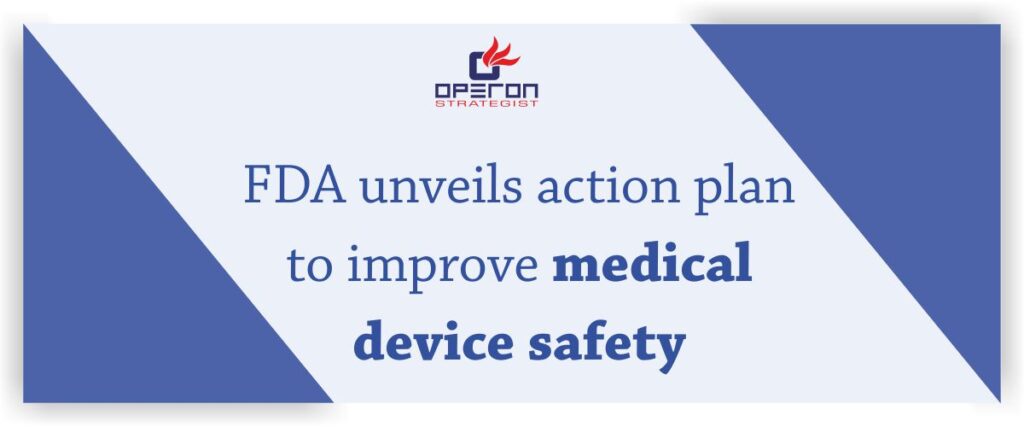Usability Testing :
Usability testing is a process that involves testing how simple and safe a is. It is a requirement to test usability on medical devices to ensure that the device itself meets government standards.
Factors that affect the usability of a product includes the following: time, resources, and efficiency. If an incident occurs during these usability tests, potential reasons and the cause of the incident are assessed. Usually, a medical device should be tested by at least 5 users. From these tests, the observer can interpret whether if the design of the medical device or user-interface is safe and easy to use.
Usability testing should also include not only testing the device during its prototype stage but also testing the device after the device itself has been created. Furthermore, testing the device’s instructions is also a good idea, especially since the instructions itself may contain faults. These faults may result in the unsafe use of a medical device. When the medical device is released to the public, it doesn’t mean one should stop testing the product. Devices can be refined based on users’ criticism and feedback.
Testing the medical devices’ software is also equally important, as the software can fail to run. When the software fails to run, a run-time error has occurred. In other words, a run-time error occurs when the program has been executed, is running, and fails to continue the complete execution of the program. Programs used for medical devices, such as the IV pump, must be thoroughly tested to eliminate any run-time errors.
Interestingly enough, other software programs can confirm that there are no run-time errors in the medical device program. This allows medical software engineers to debug and fix their programs so that the medical device is safe and easy to use.
Medical devices that are intended for good ease of use will limit user errors. Negative results are bound to happen because of user error than of other device failure modes.
Trial and error in this context refer to the mental decision-making shortcuts we create because of cooperating with our condition. It is training we increase through involvement. The creators distinguish 14 trial and error that can be utilized to assess medical device usability.
Operon strategist provides complete support to the manufacturer of the medical device to determine the usability tests and laboratories. Our experts guide for the complete documentation process for these test, that are applicable to various regulation of the world like USFDA and CE.
Get in touch with us for support.
Looking Forward To CE Marking Process For Medical Devices ?
We help you in the process of making a defined and comprehensive technical file with all product details required for CE marking.
Creators can expand the ease of use of their products by utilizing these standards:
Be predictable.
Clients ought not to need to ponder whether distinctive words, circumstances, or activities mean a similar thing. Follow the standards and traditions of product design.
Continuously keep the condition of the framework noticeable.
Users ought to dependably have the capacity to tell what is new with the framework through appropriate feedback and display of information.
The picture of the framework seen by clients should coordinate the psychological model the users have. Keep the plan as insignificant as possible. Any superfluous data is a diversion and increments subjective load.
Limit memory.
Users should not be required to retain a lot of information to complete errands. Memory load diminishes users’ ability to do the primary undertakings.
Give prompt input.
Users should be given prompt input about their activities in a way that guarantees them the progression was performed accurately. Plan the framework to be adaptable in supporting diverse learning and utilize styles. Users always learn and users are constantly extraordinary. Give users adaptability of making customization and alternate routes to quicken their execution.
Present important error messages.
The messages should be sufficiently enlightening with the end goal that users can comprehend the idea of errors, gain from mistakes, and recuperate from mistakes.
Counteract mistakes. Plan interfaces to keep errors from occurring in any case.
Ensure there is a clear conclusion.
Each errand has a start and an end. Users should be plainly told about the finishing of an assignment.
Actions should be Reversible to the extent possible.
Users should be permitted to recoup from errors. Reversible actions also encourage exploratory learning.
Employ users’ language.
The guide should always be displayed in a shape reasonable by the proposed users.
Give users a feeling of control.
Try not to give users the feeling that they are controlled by the frameworks. Enable the framework to give assistance to the user when required.
- adminhttps://operonstrategist.com/author/admin-2/
- adminhttps://operonstrategist.com/author/admin-2/
- adminhttps://operonstrategist.com/author/admin-2/
- adminhttps://operonstrategist.com/author/admin-2/




